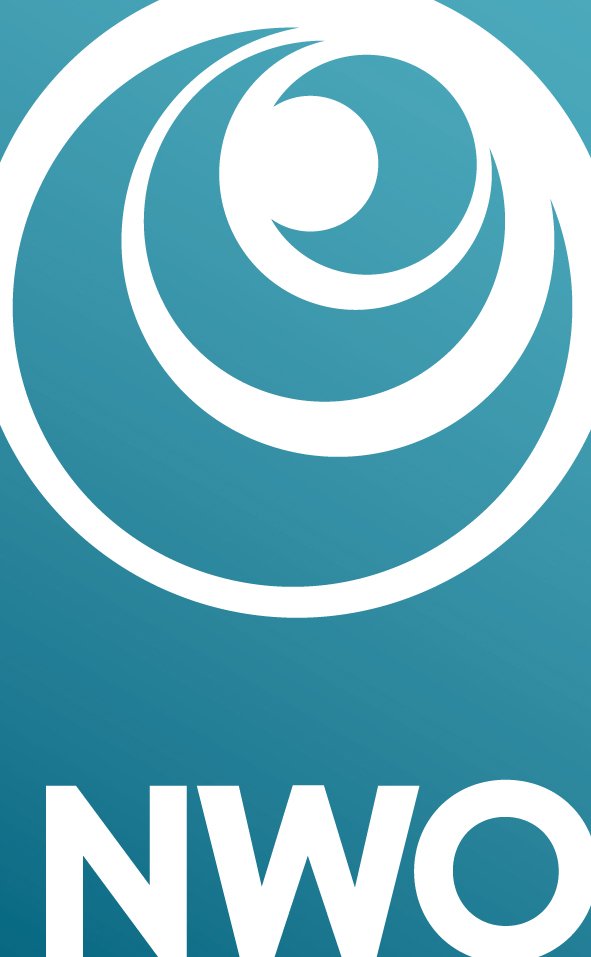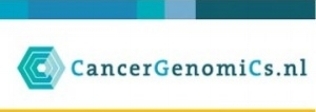You may have seen a frankly terrifying headline this week:
“Hot drinks probably cause cancer, warns World Health Organisation”Telegraph, 15th June 2016
Almost every news source carried this story, and the headlines were universally similar to the one above. This story comes from a report by the WHO, which looked at the association between coffee and mate (a South American herbal tea) and various forms of cancer. In short, they found that there was no association between coffee or mate and cancer, but that the temperature of the beverage may be linked to oesophageal cancer. This, of course, is nothing to worry about. The report classifies hot drinks as “probably carcinogenic to humans”, group 2A in their classification. Other items in this category are the act of frying food, working as a hairdresser or barber, red meat, and working night shifts. This categorisation tells us about the hazard of hot drinks, but not about the risk.The words "hazard" and "risk" are regularly used interchangable, so the distinction between them is one that is lost on most people. Hazard is whether something can happen or not. Risk is the likelihood that it will happen. There is a hazard of crashing when you are driving with your eyes open or with your eyes closed. However, the risk is quite different in each of these cases. This report tells us about the cancer hazard of hot drinks, but nothing about the cancer risk, so the fact that hot drinks are on this list isn’t very informative.So what do we know about the risk of hot drinks. Firstly, this applies to drinks consumed at 65°C or above. So if you put milk in your tea or coffee, then you’re ok. Even if you don’t, oesophageal cancer isn’t very common, so even a big increase in risk wouldn’t translate into many more cases (see below for an explanation of this). If you want to do something to decrease your already small chance of getting oesophageal cancer, then consider stopping smoking, stopping drinking, eating more fruit and veg or losing excess bodyweight, all of which are known risk factors.The system of classification used by the WHO is unfortunately ripe for misinterpretation. It is almost impossible to prove a negative, so proving something definitely doesn’t cause cancer is difficult. The WHO has now classified 1,051 different things for their likelyhood of causing cancer. Of those, they have only rated a single one as “probably doesn’t cause cancer”. (For those who are interested, that one thing is Caprolactam, a compound used in the production of nylon).Nearly half of the rest fall into the “not classifiable” category because we just don’t have enough evidence to say either way. This may be because the evidence is inconclusive, or because studies have never been done. In reality, if the WHO analysed whether swivel chairs caused cancer, they would fall into this category rather than the "probably don't cause cancer"one, because we have never needed to study it.So by the WHO system, we can't say that the following don't cause cancer: chlorinated drinking water, caffeine, mobile phones, fluorescent lighting, hair colouring products, magnets or tea. They are in the “not classifiable” category. However, aloe vera, pickled vegetables and dry cleaning are all classified as “possibly cause cancer”. As you can see, this classification causes more confusion in the general public than anything else.When you understand the difference between hazard and risk it becomes far easier to interpret the constant health scare stories in the media. “Mobile phones may cause cancer” is a terrifying headline, until it is put into this context. The increased understanding of risk is a vital tool in the rational toolbox. And because large parts of the media don’t seem to possess this, it is one that we can get a lot of use out of! Absolute risk v relative riskI mentioned above that even a large increase in risk of oesophageal cancer doesn’t mean many extra cases. To understand this you have to understand the difference between relative risk and absolute risk.Have a look at the diagram below. In both situations you have a 100% increase in relative risk. However, in one case this means your absolute risk goes from 1% to 2%. In the other it goes from 35% to 70%. To to bring it back to hot drinks, imagine a crazy situation where they give us a 50% increase in risk for oesophageal cancer. (Just to be clear, there is not a 50% increased risk with hot drinks, I made that number up as an example of a large increase.)The rate of oesophageal cancer is around 15 cases per 100,000 people, so your risk of getting it is 0.015%. A 50% increase in risk means that the rate would rise from 15 to 22.5 cases per 100,000. In this case your risk has now gone from 0.015% to 0.0225%, an increase of 0.0075%.You can see how an enormous increase in your relative risk (50%) can mean only a tiny increase in your absolute risk (0.0075%). So when you hear someone say that x increases your risk of cancer, your first question should be “but what is the risk of me getting that cancer in the first place?”. Once you know that you will have a far better idea whether the rest of the claim needs to be listened to.
To to bring it back to hot drinks, imagine a crazy situation where they give us a 50% increase in risk for oesophageal cancer. (Just to be clear, there is not a 50% increased risk with hot drinks, I made that number up as an example of a large increase.)The rate of oesophageal cancer is around 15 cases per 100,000 people, so your risk of getting it is 0.015%. A 50% increase in risk means that the rate would rise from 15 to 22.5 cases per 100,000. In this case your risk has now gone from 0.015% to 0.0225%, an increase of 0.0075%.You can see how an enormous increase in your relative risk (50%) can mean only a tiny increase in your absolute risk (0.0075%). So when you hear someone say that x increases your risk of cancer, your first question should be “but what is the risk of me getting that cancer in the first place?”. Once you know that you will have a far better idea whether the rest of the claim needs to be listened to.




